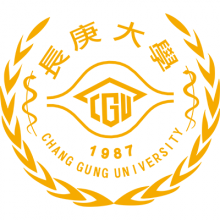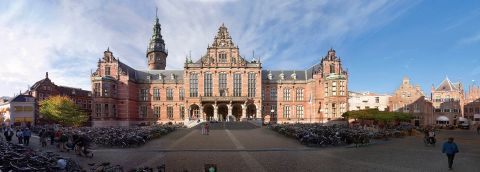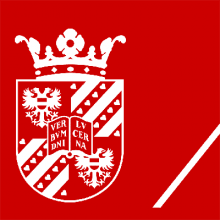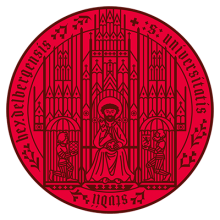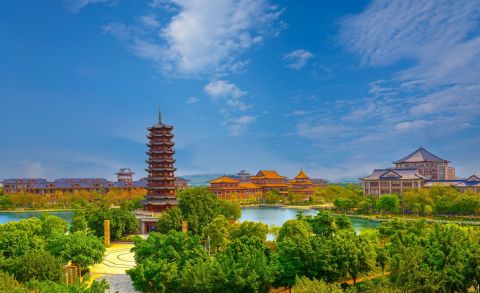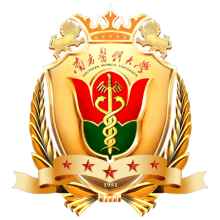About University of Havana
Established in 1728, the University of Havana is the largest, oldest, and leading academic institution in Cuba, and one of the first universities founded in the Americas.
It began life as 'Real y Pontificia Universidad de San Gerónimo de la Habana (Royal and Pontifical University of Saint Jerome of Havana). It was originally housed in the Dominican convent of Santo Domingo in the Old Town of Havana. In 1842, it was no longer a religious institution and changed its status to become a secular, royal and literary institution.
In 1902, it moved to the Aróstegui hill in the Vedado district of Havana, into grand neo-classical buildings at the top of an impressive set of steps. The main campus is located in the Vedado neighbourhood of Havana, a modern, affluent central business district, developed in the first half of the 20th century, during the Republic period.
After the government was taken over by Fulgencio Batista in 1952, the university became a centre of anti-government protests. Batista closed the university in 1956. From 1 January 1959, when Fidel Castro seized power in Cuba, until 1 January 1962, the university went through a period of reformation to eliminate "anti-revolutionary ideas".
The art deco library was added in 1936 and the campus today includes a tank captured in the Battle of Santa Clara by the Revolutionaries in 1958 and other plaques and sculptures.
The University of Havana comprises 16 faculties and 14 research centres in a variety of fields, including economics, sciences, social science and humanities. In total, up to 25 specialities are taught at the university. Its specialities are in politics, Afro-Caribbean studies, music, literature, philosophy, sociology, history, biology and international relations. Twenty-five majors are taught at the university and approximately 6,000 degree students are enrolled in regular classes each year.
Former president and leader of the Communist revolution, Fidel Castro, studied law at the University of Havana in the 40s.
Explore these featured universities
Explore rankings data for University of Havana
Compare universities on their key stats
Key statistics
- 15,584Number of FTE Students(1)
- 28%Proportion of ISR Publication(1)
- 9.0No. of students per staff(1)
- 64 : 36Student Ratio of Females to Males(1)
- 5%Percentage of International Students(1)
Subjects taught at University of Havana
Physical sciences
- Geology, Environmental, Earth & Marine Sciences
- Physics & Astronomy
- Mathematics & Statistics
- Chemistry
Arts & humanities
- Languages, Literature & Linguistics
- History, Philosophy & Theology
- Art, Performing Arts & Design
Social sciences
- Sociology
- Communication & Media Studies
- Geography
- Politics & International Studies (incl Development Studies)
Business & economics
- Accounting & Finance
- Business & Management
- Economics & Econometrics
Education
- Education
Life sciences
- Biological Sciences
Psychology
- Psychology
Computer science
- Computer Science
Law
- Law
Clinical, pre-clinical & health
- Other Health
